

All News
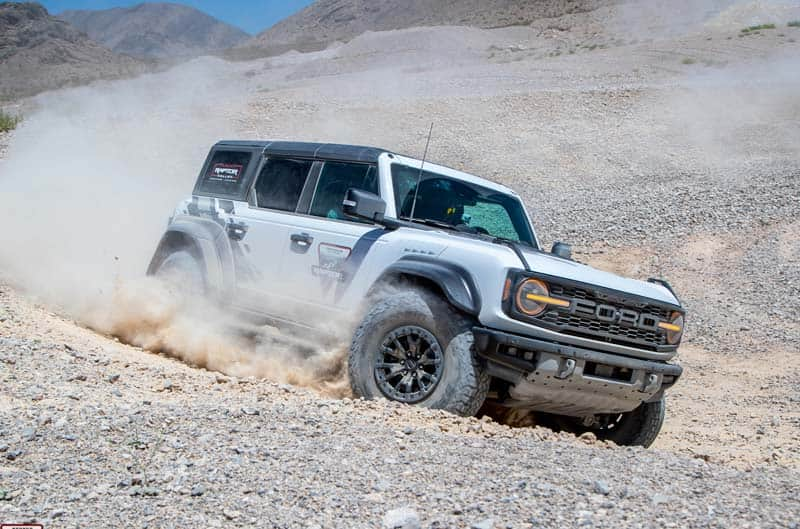
Explore Opportunities on Ford's Experience Marketplace
By Ford Performance Staff

Blaney Ends Regular Season with a Victory
By Ford Performance Staff
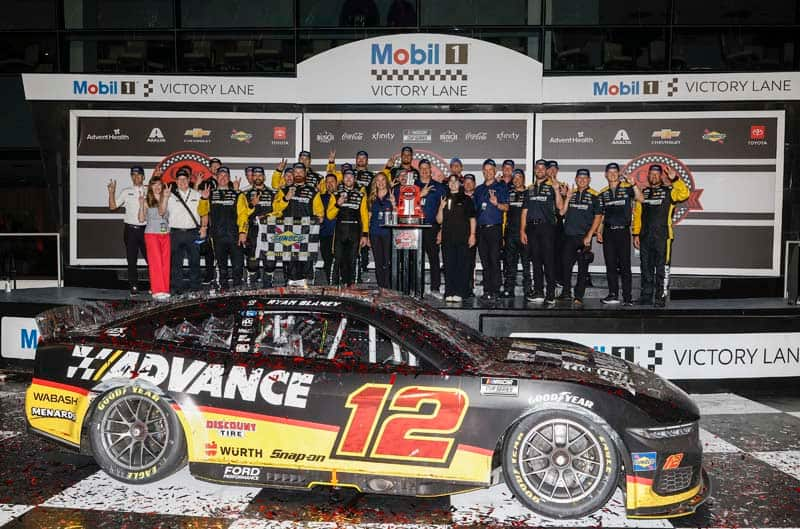
Ford Performance Weekend Highlights | August 24, 2025
By Ford Performance Staff
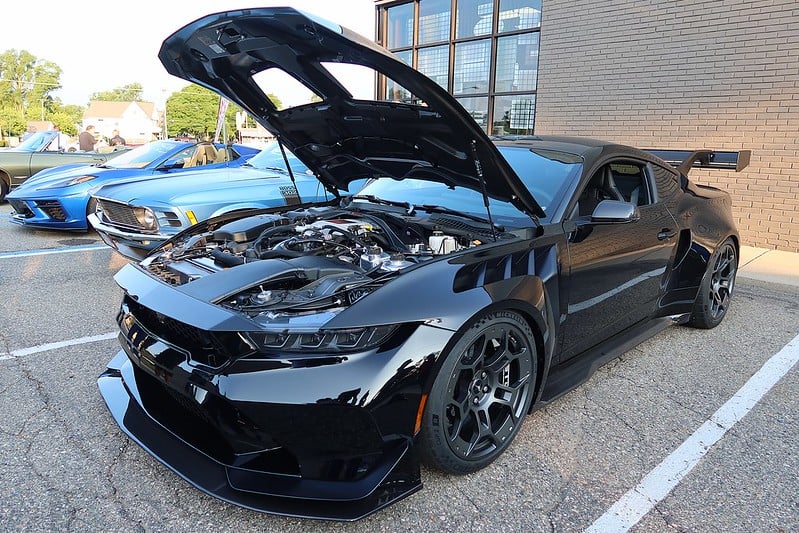
First of the GTDs Hit the Street for Weekly Cruise-In
Photos By Bill Cook

The International Mustang Meet Heads to Montana Aug. 30
By John Clor
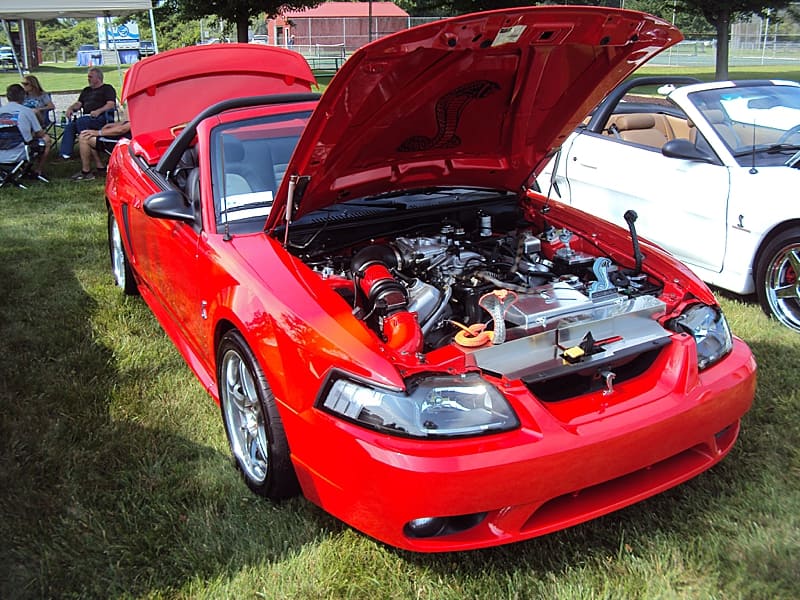
We Take a Ferry to Harsens Island Car Show to See Fords
By John Clor
.jpg)
SuperVan 4.2 Laps Nürburgring in 6:48
By Ford Performance Staff
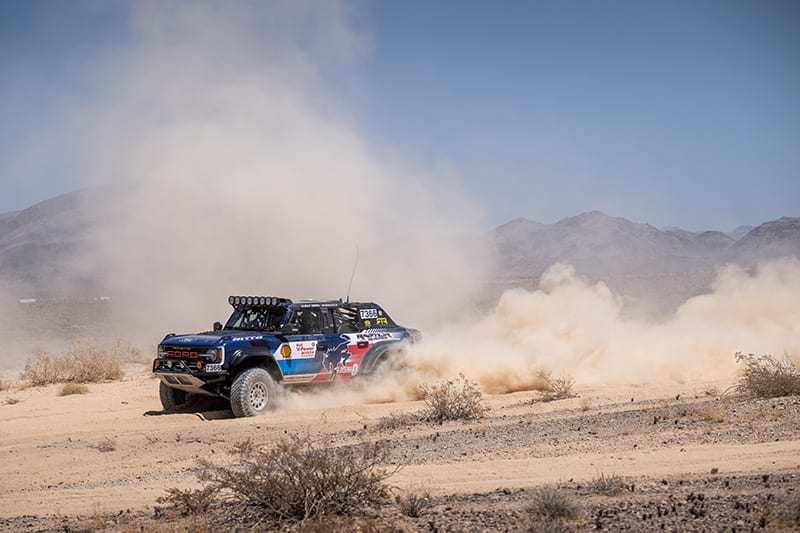
Ford Performance Weekend Highlights | August 17, 2025
By Ford Performance Staff
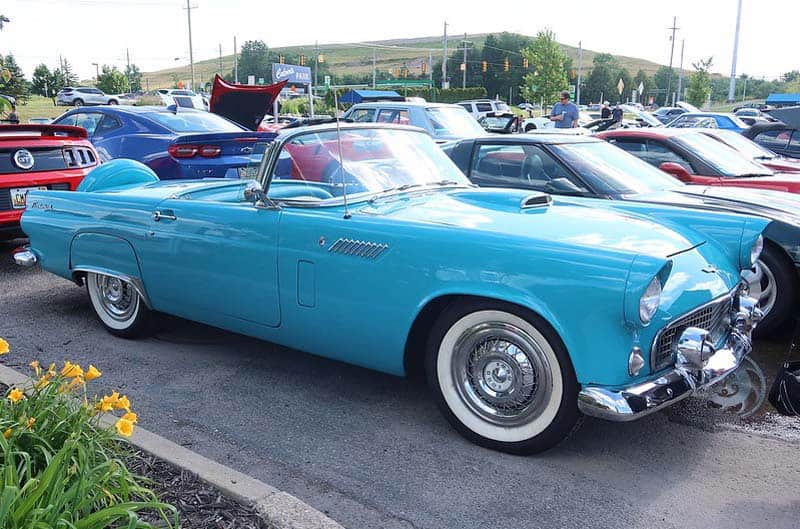
Weekly Fast-Food Cruise-In Serves Up Tasty Fords
By Bill Cook

Elle Thompson’s 92 F-250 Builds Bond Beyond Measure
By Elleyna Thompson
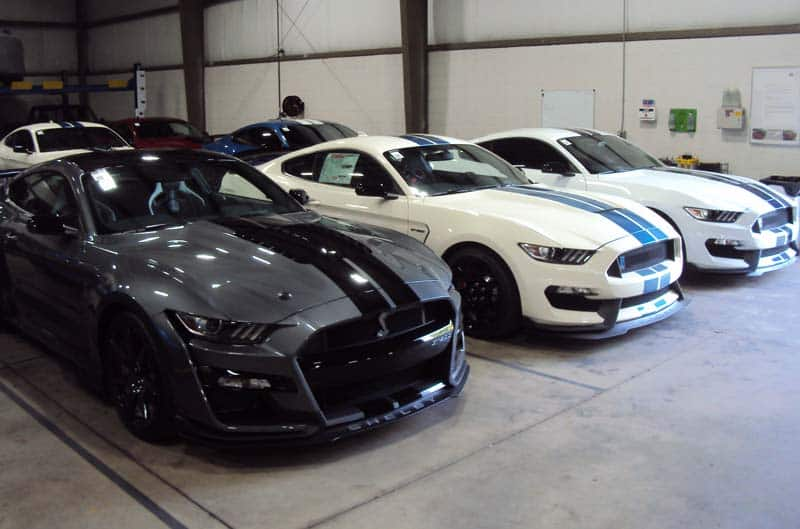
Mustang Featured Car at Northville Concours C&C Event
By John M. Clor

Ford Performance Weekend Highlights | August 10, 2025
By Ford Performance Staff
{{title}}
{{subTitle}}


